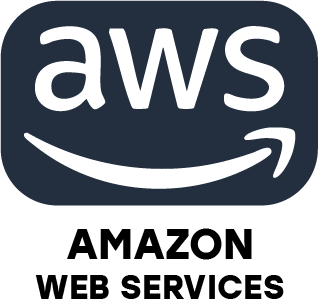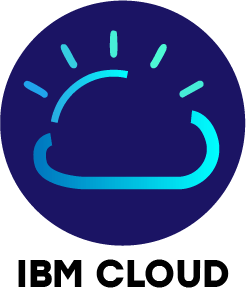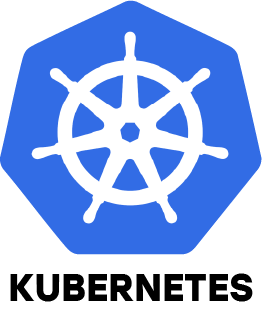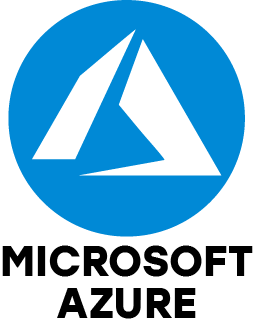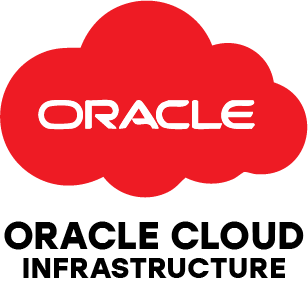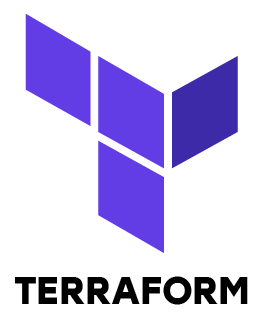1. What sets AWS, Azure and GCP apart?
Ans:
AWS leads with the largest range of services and a well-established ecosystem, making it ideal for many industries. Azure works best with Microsoft products and is popular among Windows-based enterprises. GCP is strong in data analytics, machine learning and cost-effective computing. Each platform varies in pricing, global presence and integration options.
2. How is high availability achieved in cloud environments?
Ans:
Distributing workloads across several availability zones or regions ensures high availability. Load balancers manage traffic, while automatic failover, regular backups and health monitoring keep services running even during failures. Redundant storage and disaster recovery add extra reliability.
3. How does IAM work in AWS?
Ans:
AWS Identity and Access Management (IAM) allows to control access by creating users, groups and roles with specific permissions. It supports features like multi factor authentication, temporary credentials and federated access to maintain secure and limited access to resources.
4. What’s the difference between public, private and hybrid cloud?
Ans:
Public clouds are shared and accessible over the internet, like AWS and GCP. Private clouds are dedicated to one organization, either on-premises or hosted. Hybrid clouds combine both, offering more flexibility, cost control and better data security by shifting between environments.
5. How do you migrate an on-premises app to the cloud?
Ans:
Start by evaluating the app and planning what parts to move. Choose a method lift-and-shift, re-platform, or refactor. Set up the cloud environment, migrate data and components test the application to ensure it performs correctly in the new setup.
6. What tools have you used to automate infrastructure?
Ans:
I’ve used Terraform for defining infrastructure as code, Ansible for configuration management and AWS CloudFormation to automate resource provisioning. These tools help ensure consistency, speed up deployment and reduce manual errors in managing cloud infrastructure.
7. How do you manage security and compliance in cloud platforms?
Ans:
Security is managed through access control (IAM), data encryption, regular patching and logging. Compliance is ensured by following standards like GDPR or HIPAA, using tools such as AWS Config, Azure Security Center and GCP’s Security Command Center for monitoring and enforcement.
8. What is auto-scaling and how have you used it?
Ans:
Auto-scaling adjusts cloud resources automatically based on demand. I’ve used AWS Auto Scaling to add EC2 instances during traffic peaks and remove them during low usage. It helps maintain app performance while keeping costs optimized.
9. Describe your experience with cloud-based CI/CD pipelines.
Ans:
I’ve built CI/CD pipelines using tools like Jenkins, GitHub Actions, AWS CodePipeline and Azure DevOps. These tools automate code builds, testing and deployments, helping to deliver software faster and with fewer errors, especially in containerized or serverless projects.
10. How do you monitor and reduce cloud costs in real time?
Ans:
I track spending using AWS Cost Explorer, Azure Cost Management and GCP Billing dashboards. To cut costs, I right-size resources, use spot or reserved instances and shut down unused services. I also set alerts to avoid overspending and monitor usage trends regularly.

